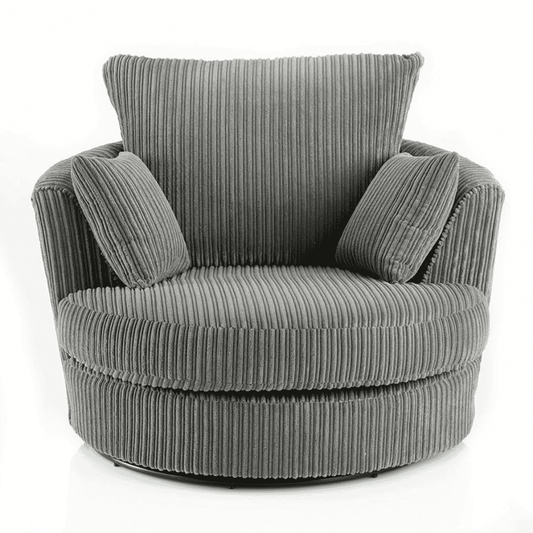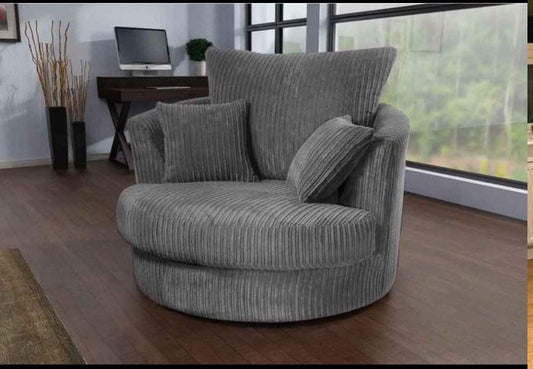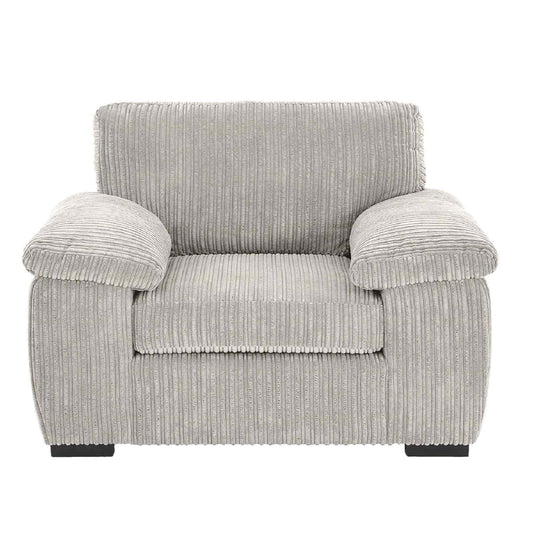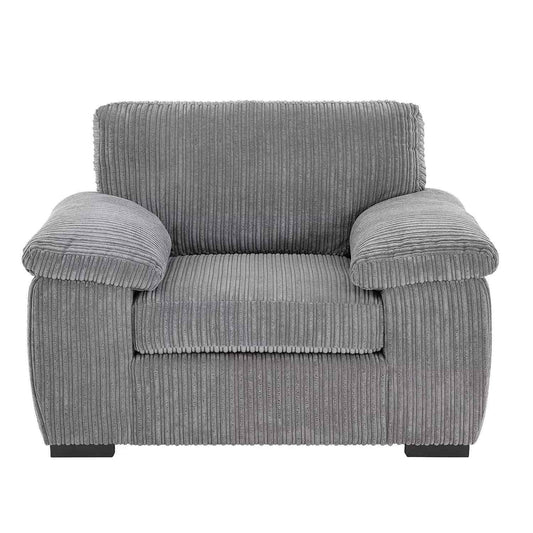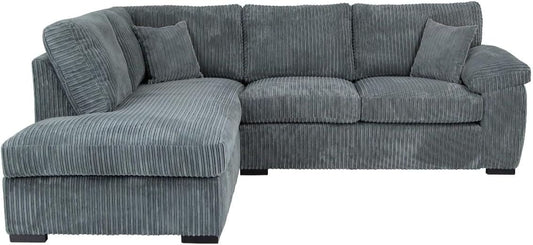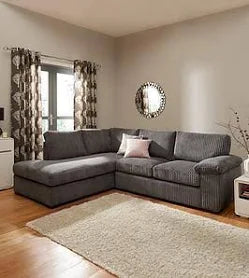Cultural Influences on Sofa and Chair Designs: How Global Trends Shape Modern Furniture
Furniture design is a rich, evolving narrative that reflects the cultures, histories, and lifestyles of people around the world. In today’s globalized marketplace, the influence of diverse cultural aesthetics can be seen in every corner of modern living spaces—from the sleek lines of Scandinavian minimalism to the sumptuous textures of Italian luxury. This fusion of global trends has not only broadened the spectrum of design choices available but has also redefined what it means to be stylish and functional in contemporary furniture.
Scandinavian Minimalism: Function Meets Form
One of the most enduring influences on modern furniture is Scandinavian design. Known for its clean lines, understated elegance, and emphasis on functionality, Scandinavian aesthetics prioritize simplicity and practicality. This design philosophy is deeply rooted in the region’s cultural values, where minimalism is seen as a way to enhance daily living by eliminating clutter and focusing on essentials.
Scandinavian sofas and chairs often feature light-colored woods, neutral fabrics, and ergonomic forms that promote comfort without sacrificing style. The simplicity in design does not mean a lack of creativity; instead, it highlights a thoughtful balance between utility and beauty. The influence of this movement has extended far beyond its geographical origins, inspiring designers worldwide to embrace a minimalist approach that harmonizes living spaces with nature and functionality.
Italian Luxury: Artistry and Opulence
In stark contrast to the minimalist approach of the Scandinavians, Italian design exudes luxury, craftsmanship, and a sense of drama. Italian furniture is renowned for its rich materials, intricate detailing, and an almost theatrical sense of style that celebrates beauty and elegance. From lavish velvet upholstery to meticulously carved wooden frames, Italian sofas and chairs are often seen as works of art that combine traditional techniques with modern innovation.
This cultural influence is rooted in Italy’s long history of art and design, where furniture has always been considered an essential element of interior décor that communicates status and sophistication. Italian design emphasizes comfort with a touch of extravagance, creating pieces that serve not only as functional furniture but also as statement pieces that elevate the aesthetic of any room. The marriage of form and function in Italian design is a testament to a cultural appreciation for beauty in everyday living.
Japanese Simplicity: Harmony and Balance
Another significant cultural influence on modern furniture design comes from Japan. Japanese design is centered on the concepts of simplicity, natural materials, and the harmonious balance between form and function. Known as “Zen” aesthetics, this approach values uncluttered spaces and emphasizes the beauty of natural imperfections.
In Japanese-inspired furniture, you’ll often find low-profile seating, subtle color palettes, and an emphasis on creating a sense of calm and order. The use of natural elements such as wood, bamboo, and rice paper not only brings warmth to living spaces but also underscores the importance of sustainability and respect for nature. This influence is particularly noticeable in modern designs that seek to merge Eastern philosophies with Western functionality, resulting in pieces that are both serene and practical.
African and Latin American Influences: Vibrant and Expressive
The rich cultural tapestries of Africa and Latin America have also left an indelible mark on contemporary furniture design. These regions are celebrated for their bold colors, intricate patterns, and dynamic forms that speak to a deep connection with tradition and storytelling. Furniture inspired by African design often features hand-carved details, vibrant textiles, and organic shapes that evoke the natural world. Latin American influences bring a similar vibrancy through the use of bright hues, festive patterns, and a playful approach to form and structure.
Such designs are not merely decorative; they carry cultural significance and a sense of identity that resonates with consumers looking for authentic, narrative-driven pieces. In modern living spaces, these influences offer a striking contrast to more subdued styles, injecting energy and personality into interiors. By blending traditional craftsmanship with contemporary aesthetics, designers are able to create furniture that celebrates cultural diversity while meeting the demands of modern life.
Globalization and Fusion: The Best of All Worlds
The global furniture market today is a melting pot of ideas where cultural influences intermingle to create innovative designs. Designers are increasingly drawing inspiration from multiple cultures, combining elements of Scandinavian simplicity with Italian opulence, Japanese harmony, and the vibrant expressions of African and Latin American traditions. This fusion has resulted in unique pieces that are not confined by traditional design boundaries but instead offer a fresh, eclectic perspective that appeals to a broad range of tastes.
The fusion of these diverse influences often results in furniture that is highly adaptable and versatile. For instance, a modern sofa might combine the sleek, minimalist form of Scandinavian design with the luxurious upholstery typical of Italian craftsmanship, while subtle Japanese-inspired details bring a sense of balance and serenity. Such eclectic designs not only cater to a global audience but also reflect a broader trend in consumer behavior—one that values authenticity, innovation, and the blending of cultural narratives.
The Role of Technology and Sustainability
As cultural influences continue to shape furniture design, modern technology and sustainability have emerged as critical factors in how these designs are realized. Advances in digital fabrication and sustainable manufacturing processes allow designers to experiment with traditional techniques in new ways, ensuring that cultural heritage is preserved while meeting contemporary standards for quality and environmental responsibility.
For example, sustainable materials such as recycled fabrics and responsibly sourced wood are being used to create pieces that honor traditional designs while also addressing modern environmental concerns. Technology also enables a level of customization that allows consumers to integrate elements from various cultural influences into pieces that are tailored to their personal tastes and lifestyles.
Market Trends and Consumer Preferences
Consumer preferences today are driven by a desire for authenticity and individuality, which is why culturally inspired furniture is so popular. Shoppers are increasingly interested in pieces that tell a story—whether it’s the storied history of Italian design or the serene simplicity of Japanese aesthetics. Global trends indicate that consumers are not only looking for functional furniture but also for pieces that reflect their own identities and values.
Retailers and designers have responded to this demand by offering collections that highlight these cultural influences, making it easier for consumers to mix and match styles to create a personalized living space. The rise of e-commerce and social media has also played a significant role, enabling designers to reach a global audience and showcase the rich diversity of cultural influences in modern furniture design.
Conclusion: A Living Reflection of Global Culture
Cultural influences on sofa and chair designs illustrate the dynamic and interconnected nature of today’s global society. The interplay of Scandinavian minimalism, Italian luxury, Japanese simplicity, and the vibrant expressions of African and Latin American design creates a multifaceted narrative that is both innovative and deeply rooted in tradition. These influences not only shape the aesthetics of modern furniture but also reflect broader societal values—ranging from sustainability and functionality to the celebration of heritage and individuality.
In a world where cultural boundaries are increasingly blurred, the fusion of global trends in furniture design offers a glimpse into the future of living spaces—one that is as diverse and dynamic as the people who inhabit them. As designers continue to explore and integrate these cultural influences, modern furniture will undoubtedly remain a powerful medium for expressing identity, innovation, and the timeless beauty of human creativity.

